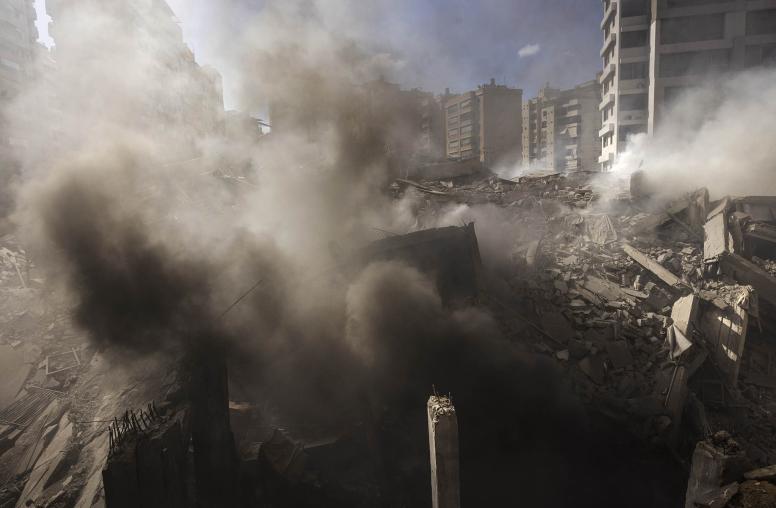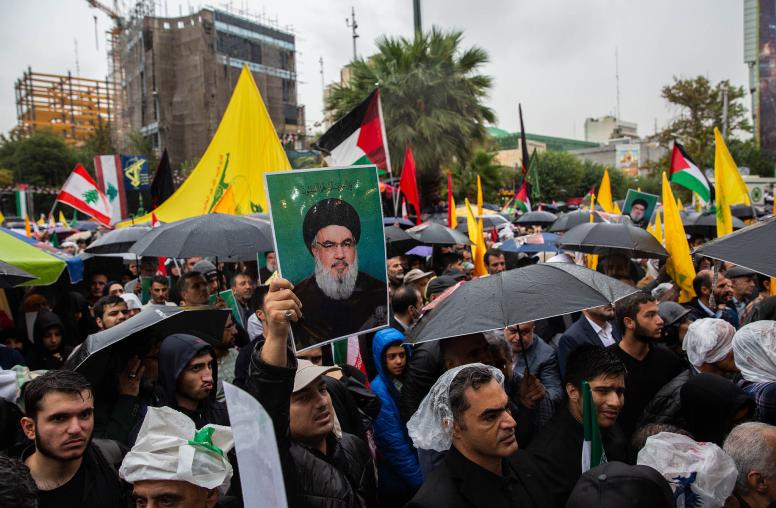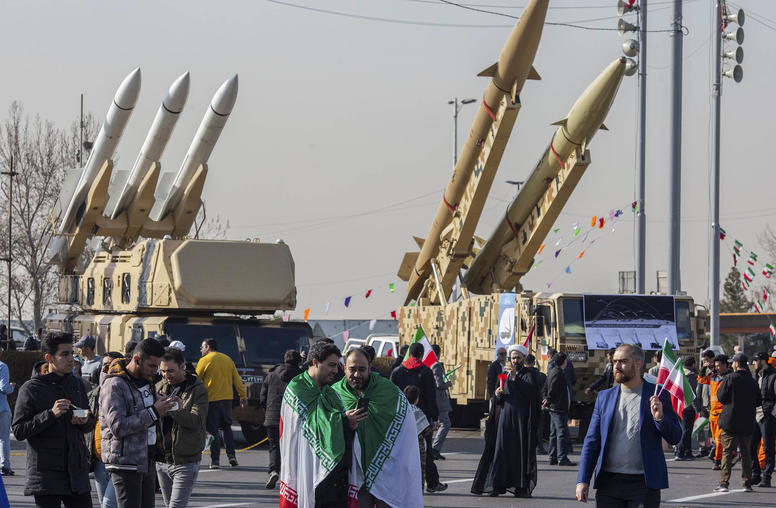Managing Fighting Forces: DDR in Peace Processes
Providing guidance on the mediation and negotiation aspects of disarmament, demobilization, and reintegration (DDR) programs, this toolkit lays out eight detailed steps that mediators can take to establish appropriate linkages between DDR and other aspects of a peace process. This handbook is part of the Peacemaker’s Toolkit series, published by the United States Institute of Peace.

Summary
Failure by mediators to fully assess the interests and positions of negotiating parties and accurately identify the strategies and tactics conflict parties employ to avoid disarming and demobilizing their fighting forces can greatly compromise the viability of disarmament, demobilization, and reintegration (DDR) programs. Providing guidance on the mediation and negotiation aspects of DDR, this toolkit lays out eight detailed steps that mediators can take to establish appropriate linkages between DDR and other aspects of a peace process.
- Step 1: Prepare to Engage
- Step 2: Assess the Fighting Forces
- Step 3: Determine a Mediation Approach and Strategy
- Step 4: Lay the Groundwork for DDR Negotiations
- Step 5: Conduct and Manage the Negotiations
- Step 6: Link DDR to Other Aspects of the Peace Process
- Step 7: Put DDR in the Peace Agreement
- Step 8: Facilitate Implementation
Print copies of this toolkit can be purchased from USIP's online bookstore.
About this Handbook
This handbook is part of the series the Peacemaker’s Toolkit, which is being published by the United States Institute of Peace. For twenty-five years, the United States Institute of Peace has supported the work of mediators through research, training programs, workshops, and publications designed to discover and disseminate the keys to effective mediation.
The Institute—mandated by the U.S. Congress to help prevent, manage, and resolve international conflict through nonviolent means—has conceived of The Peacemaker’s Toolkit as a way of combining its own accumulated expertise with that of other organizations active in the field of mediation. Most publications in the series are produced jointly by the Institute and a partner organization. All publications are carefully reviewed before publication by highly experienced mediators to ensure that the final product will be a useful and reliable resource for practitioners.



